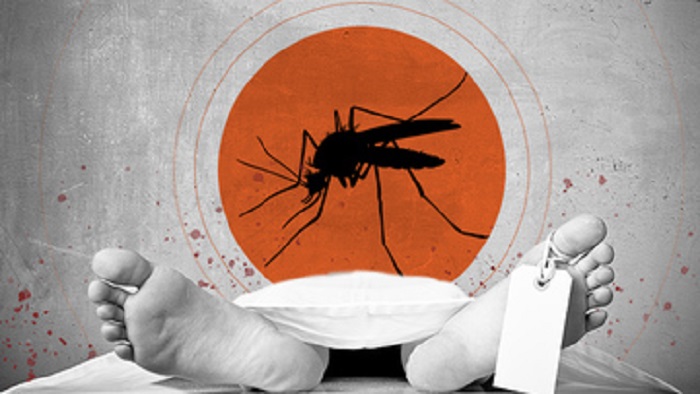Brazil recorded 2022 as the year with the most dengue deaths in its history, with 1,016 fatalities caused by the disease.
Meanwhile, another 109 cases are under investigation, according to the latest epidemiological bulletin of the Health Ministry’s Health and Environmental Surveillance Secretariat.
Dengue is transmitted by mosquitoes and kills tens of thousands of people annually worldwide. There is still no vaccine against the disease.
Among the states, Sao Paulo registered the highest number of victims, with 282, followed by Goiás (162), Paraná (109), Santa Catarina (88), and Rio Grande do Sul (66).

There were 1,450,270 probable cases of dengue fever in the country, of which 1,473 were serious and 18,145 with warning signs.
According to specialists, 2022 brought together different factors that caused the increase in cases.
In addition to the seasonality of the disease (there are peaks of cases at intervals of three to five years), there were periods with heavy rains and high temperatures, creating an environment conducive to the proliferation of mosquitoes.
The pandemic also affected prevention actions, which were put on the back burner.
Last year, the center-west region had the highest incidence rate of the disease, with 2,086.9 cases per 100,000 inhabitants, followed by the south (1,050.5 cases per 100,000 inhabitants), southeast (536.6 cases/100,000 inhabitants), northeast (431.5 cases/100,000 inhabitants) and north (277.2 cases/100,000 inhabitants).
The state of São Paulo ended 2022 with 355,479 cases, equivalent to 762 cases per 100,000 inhabitants.
Minas Gerais accounted for 93,412 occurrences (436.3 per 100,000 inhabitants), and Rio de Janeiro, 11,476 (65.7 per 100,000 inhabitants).
The latest bulletin of the Ministry of Health also brings worrying data for 2023, with 218 cities at high risk in the IIP (Building Infestation Index).
This means that, in these municipalities, for every 100 properties visited by health agents, four or more contained larvae of the Aedes aegypti mosquito, which transmits not only dengue but also zika, chikungunya, and yellow fever.

